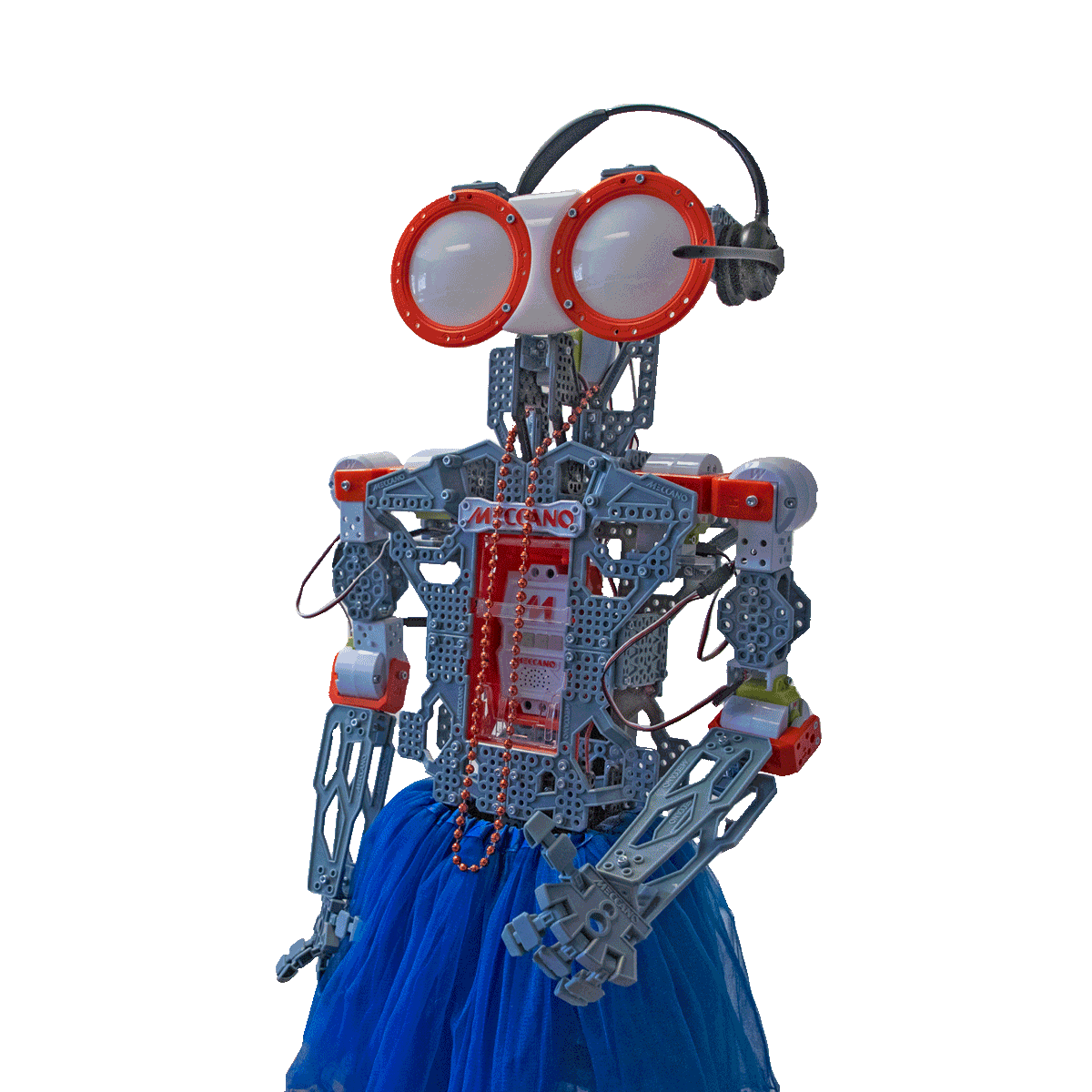Manufacturing – How do you build a Plant of the Future?.
Five Tech Trends Manufacturing and Supply Chain Companies Need to Know Now
By Reggie Gresham

What do you call it when a factory or manufacturer uses high-speed wireless, IoT and Machine Learning to run an operation that is efficient, secure and meets the needs of its customers?
At Matrix Integration, we call it the “Plant of the Future.” And we’re helping our manufacturing customers achieve that future right now.
But leaping into the digital revolution is difficult. Many of our customers are family-owned businesses that have been operating for 20 years or more, and new technology seems too difficult to integrate into current workflows. Others have been adding on technology piece-by-piece for years, only to find themselves with an unruly amount of incompatible systems.
However, they need to adapt. Sitting back is not an option. Our heavy industry customers are getting a lot more pressure from their clients to deliver faster and keep costs low while providing a high level of quality, service and security. And new technologies like robotics, IoT and AI (artificial intelligence) are key to increasing productivity.
So what are the trends driving this evolution?
- Cyber Attacks. We’ve seen the number of cyberattacks continue to grow, and manufacturing is the second most-targeted industry, just behind finance. New, robust security and access solutions can help protect data and keep operations running with network operation centers (NOCs) and two-factor authentication.
- Data Integrity Requirements. Clients and supply-chain partners are so interconnected today that they need to show proof that data are well protected. In addition to cybersecurity protections, comprehensive data backup and recovery plans built with solutions from vendors like Veeam and Hewlett Packard Enterprise can help ensure that data can be recovered in case of a physical or cyber emergency.
- Phasing Out Legacy Technology. Older applications and hardware are more vulnerable to failure and cyberattacks. With the increase in security and data compliance requirements from clients, we’re seeing our manufacturing clients are finally taking steps to embrace data transformation goals and implement business intelligence solutions. While this was an extremely difficult process in the past, new technologies are easier than ever to install and integrate into operations than ever before.
- Heavy Tech for Heavy Machinery. Artificial Intelligence (AI), Machine Learning (ML), Virtual and Augmented Reality (AR/VR) and robotics: All of these technologies, which are becoming the new normal in the “plant of the future,” require massive amounts of computing power and bandwidth. We help clients by building the backbone for these technologies with a more robust wireless infrastructure to support bandwidth upgrades and improvements.
- New Go-to-Market Strategies. Alongside their technology transformation, many manufacturers are going through a leadership transformation as well, as one generation passes their businesses to the next. Leaders in today’s manufacturing market require more for less – more volume, more accuracy and better communication with less time and cost.
As you look to your plant’s future, what are your biggest concerns, and how can you better meet your clients’ needs for security, transparency, quality and cost?
We’re happy to help.
If you’d like to learn more, read a few of our case studies to learn more about how Matrix has helped some of its manufacturing clients build a “plant of the future.” If you have more questions, contact us here.
# # #



